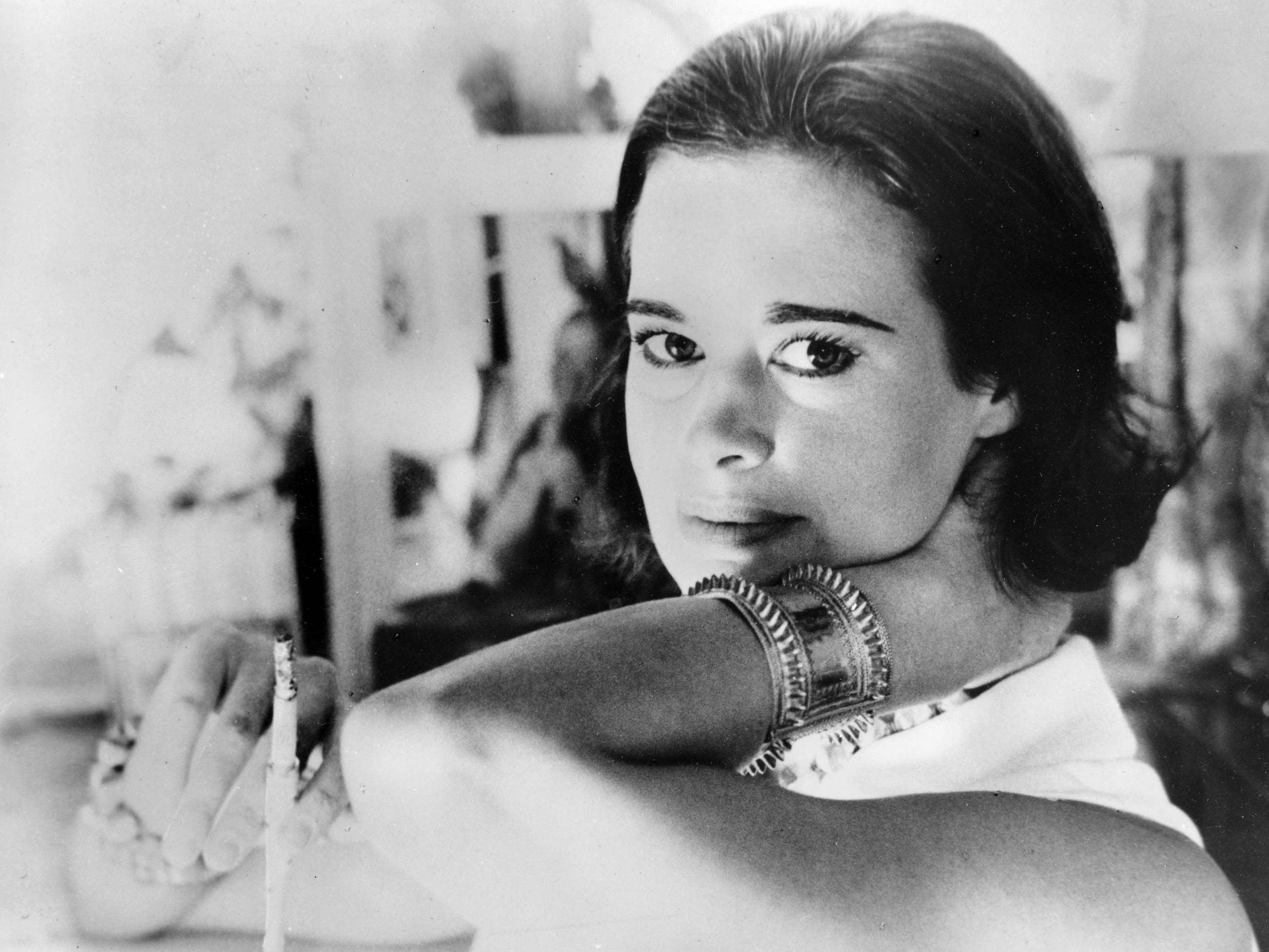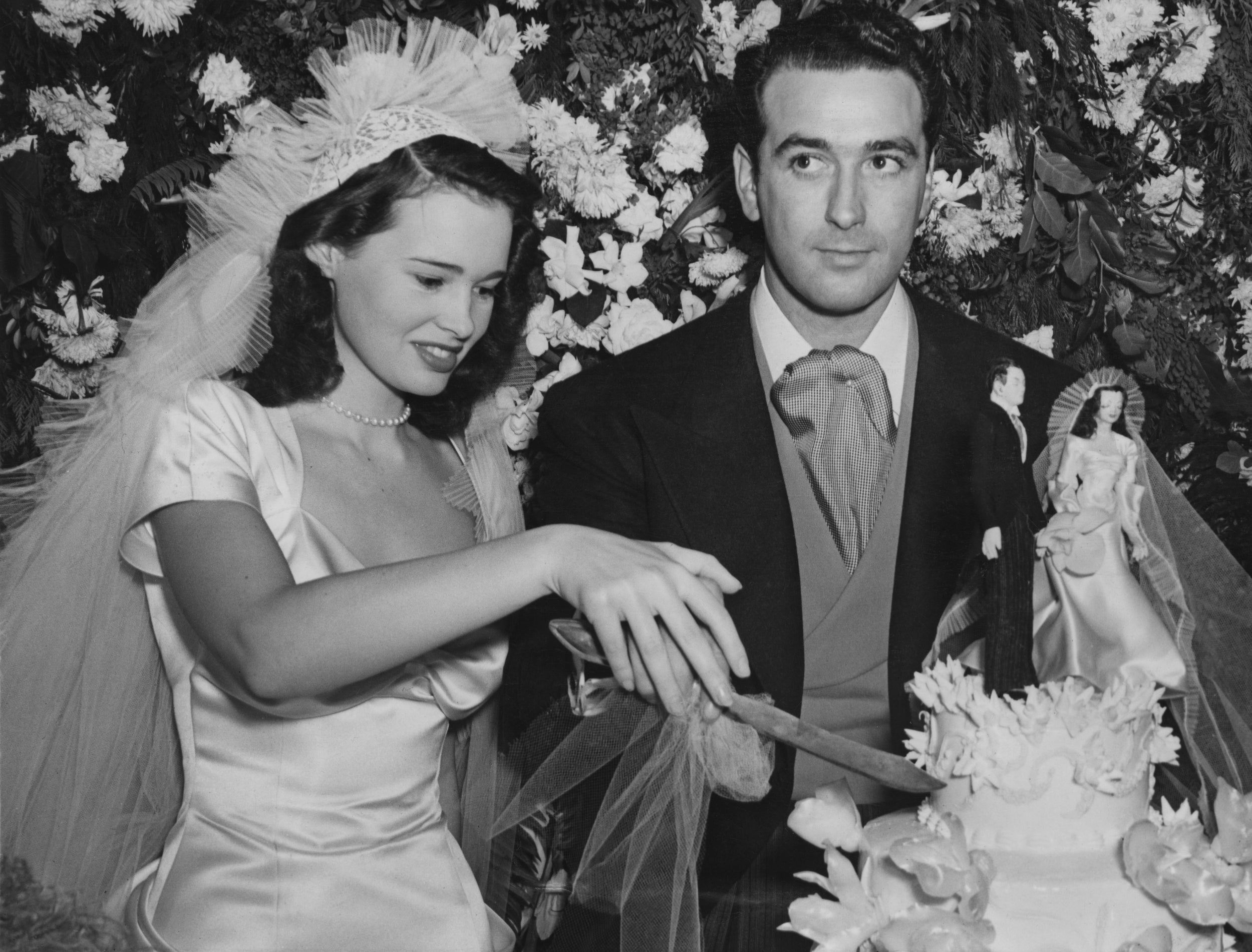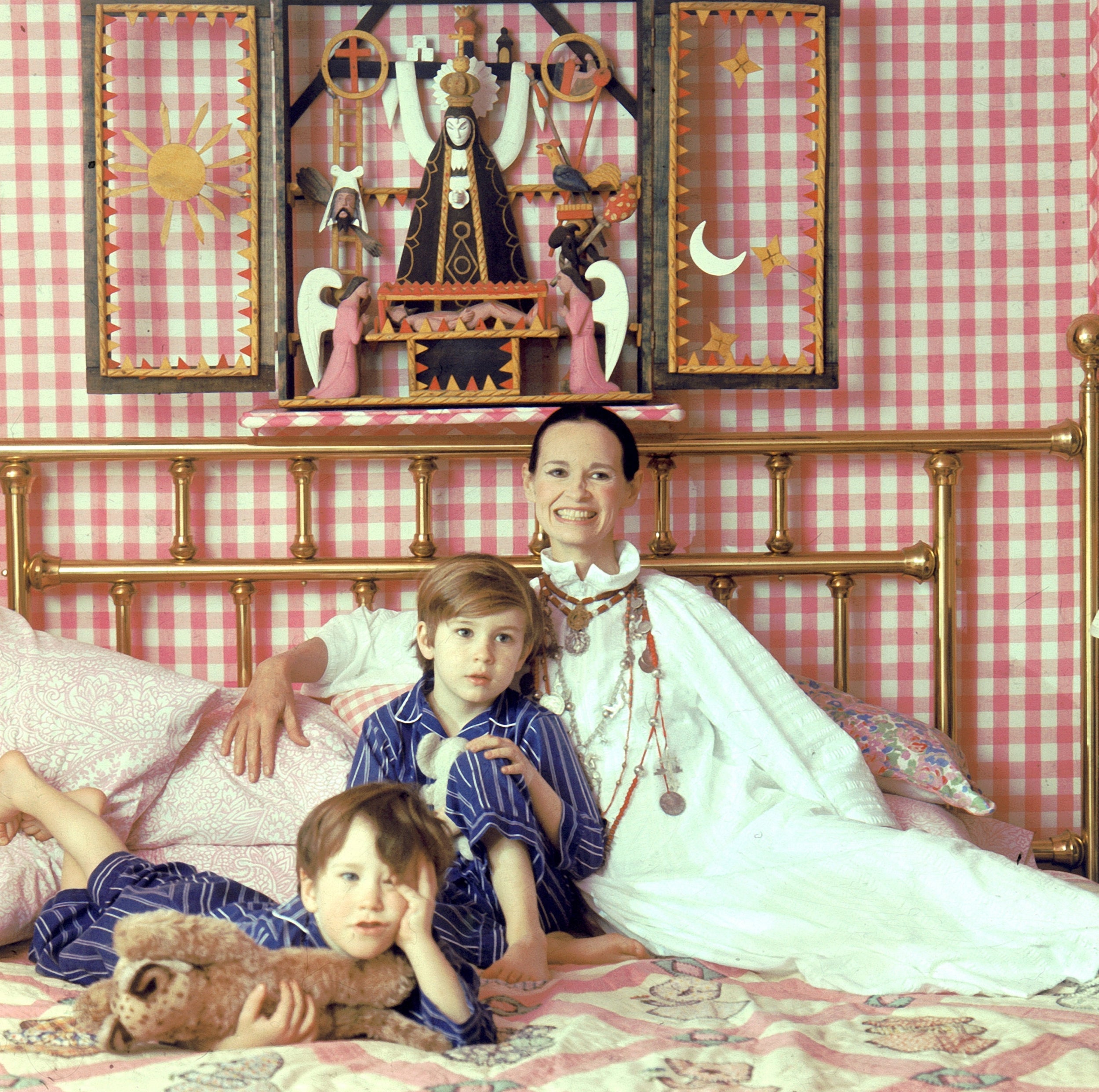Gloria Vanderbilt: Actor, socialite and ‘poor little rich girl’ of Depression-era America
Her jeans were ubiquitous by the 1980s and earned the one-time child millionaire a fortune of her own

Your support helps us to tell the story
From reproductive rights to climate change to Big Tech, The Independent is on the ground when the story is developing. Whether it's investigating the financials of Elon Musk's pro-Trump PAC or producing our latest documentary, 'The A Word', which shines a light on the American women fighting for reproductive rights, we know how important it is to parse out the facts from the messaging.
At such a critical moment in US history, we need reporters on the ground. Your donation allows us to keep sending journalists to speak to both sides of the story.
The Independent is trusted by Americans across the entire political spectrum. And unlike many other quality news outlets, we choose not to lock Americans out of our reporting and analysis with paywalls. We believe quality journalism should be available to everyone, paid for by those who can afford it.
Your support makes all the difference.Gloria Vanderbilt captivated the nation during a custody trial in the 1930s, later becoming one of the most chronicled socialites of her era and had a varied career as a model, actor, poet, painter, author and mass-marketer of designer jeans.
The railroad and shipping heiress was 10 when she became the subject of a sensational custody battle in 1934 – one that gave Depression-era America an irresistible window into the lives of the fabulously wealthy. The era’s press dubbed Vanderbilt the “poor little rich girl”, leaving her with an aura of mystery that she never escaped.
Vanderbilt, who has died aged 95, made appearances in gossip columns for her plethora of romantic liaisons – with Frank Sinatra, Howard Hughes and Gordon Parks, among others – and her nuptials to the composer Leopold Stokowski and the director Sidney Lumet, two of her high-profile marriages. Her social companions included designers Bill Blass and Diane von Furstenberg and the writer Truman Capote.
Four husbands, four sons and more than 40 years after the court case that made her famous, she courted the spotlight by merchandising her celebrity. She turned “Gloria Vanderbilt” into a label prominently displayed on the backside of a line of form-fitting blue jeans for women and helped launch a disco-era fashion craze. Her jeans were ubiquitous by the 1980s and earned the one-time child millionaire a fortune of her own, as well as another backhanded sobriquet: the Duchess of Denim.
She was captured by leading photographers such as Gordon Parks and Richard Avedon, and she had a short-lived drama career on stage and television in the 1950s. She also published books of poetry, memoirs and, at 85, an erotic novel.

She said the most painful moment of her life was witnessing the suicide of her 23-year-old son Carter Vanderbilt Cooper, who in 1988 leapt from the 14th floor terrace of her Manhattan apartment. She wrote a book, A Mother’s Story, about her efforts to cope with grief after his death.
Gloria Laura Morgan Vanderbilt was born in 1924, in New York City, the only child of Reginald Claypoole Vanderbilt and his second wife, Gloria Morgan, a teenage socialite less than half his age. Her father was a great-grandson of Cornelius Vanderbilt, the 19th century tycoon and philanthropist. Her father was a gambler who squandered much of his inheritance before dying in 1925 of cirrhosis of the liver and other complications from alcoholism.
“Little Gloria”, as the toddler was called, became one of two heirs to a £3.9m trust fund (the other being a half-sister from her father’s first marriage). Much of young Gloria’s early childhood was spent in Paris with her longtime nanny. She also stayed with her grandmother, Laura Kilpatrick Morgan, who was so disdainful of her daughter’s mothering skills that she plotted with a relative on the Vanderbilt side of the family to permanently remove the child from her daughter’s custody. Morgan and Gertrude Vanderbilt Whitney – a paternal aunt who had married into another prominent family – sought to have young Gloria live with Whitney permanently.

Lurid testimony from the two-month trial in New York captivated the nation. A nurse said Gloria’s mother was a cocktail-crazed dancer, a devotee of erotica and the mistress of a German prince. A chauffeur testified that the girl’s mother had several lovers. In chambers, young Gloria renounced her mother to the judge. Later Gloria said she had been coached to speak against her mother. The girl’s aunt was awarded primary custody, with her mother allowed limited visitation rights.
Gloria’s upbringing remained strict and socially stifling and, at 17, she dropped out of school to visit her mother in Beverly Hills, California. She became engaged to the first actor she met, Van Heflin, and was squired around town by such stars as Errol Flynn and George Montgomery.
In 1941, she married agent Pat di Cicco, a gambler with a hair-trigger temper. The day after her divorce in 1945, she eloped with composer Stokowski. She was 21 and he was 63 but looked far younger. They lived a quiet life in New York and had two sons, but halfway through their 10-year union, she had a nervous breakdown. Advised to find a creative outlet, she began to paint, write poetry and study acting.
She was 30 and working as a stage actor when she left Stokowski, encouraged by a fling with Sinatra. In a sad echo of her childhood, Vanderbilt battled Stokowski in court for custody of their sons after the couple divorced. She won but wouldn’t allow her children to testify.
Her next marriage, in 1956, was to Lumet, a rising television director who later made acclaimed films such as Dog Day Afternoon and Network. She also had a fledgling acting career on TV during those years but ultimately said she felt unfulfilled and wanted more children.
The marriage ended in 1963, and that same year Vanderbilt married Wyatt Cooper, a dapper screenwriter who went on to edit Status magazine. His sudden death in 1978, at 50 and after a heart attack, left her caring for their two young sons.
Of all her endeavours, Vanderbilt said, painting was her strongest gift. When a 1969 exhibition of her paintings and mixed-media collages led Johnny Carson to feature them on his late-night TV show, the publicity helped Vanderbilt launch a design career that included home accessories, paper goods, scarves and clothing. Inspired by the high-end Italian jeans she wore, Vanderbilt decided to “do one cheaper but with a good fit”, she later said, and ended up earning her own Vanderbilt fortune.

Her wealth had begun to erode after she formed an unlikely business partnership in 1980 with her lawyer and a psychiatrist, who swindled her out of a large sum of money, according to a 1993 court ruling that awarded her about £1.2m. She never recovered the money and ultimately had to sell her summer home in Southampton, New York, and downsize her Manhattan residence.
In her later years, she remained a redoubtable presence on the New York social scene and relished the capacity to make a stir. Hence her novel Obsessions, which the New York Times declared perhaps “the steamiest book ever written by an octogenarian”.
She is survived by two sons, Anderson Cooper and Stan Stokowski, and three grandchildren. She was estranged from another son, Christopher Stokowski.
Gloria Vanderbilt, actor, clothes designer and socialite, born 20 February 1924, died 17 June 2019
© Washington Post
Join our commenting forum
Join thought-provoking conversations, follow other Independent readers and see their replies
Comments